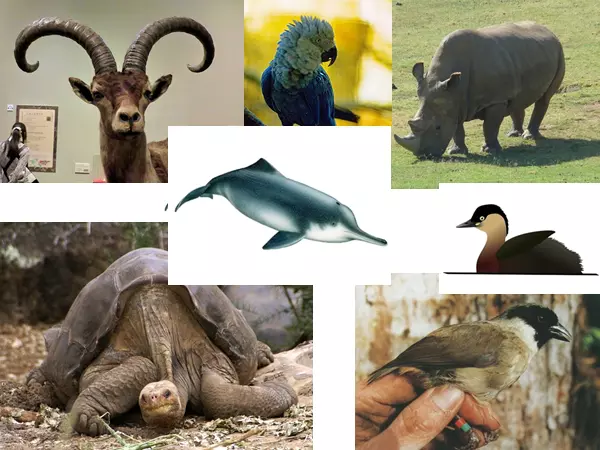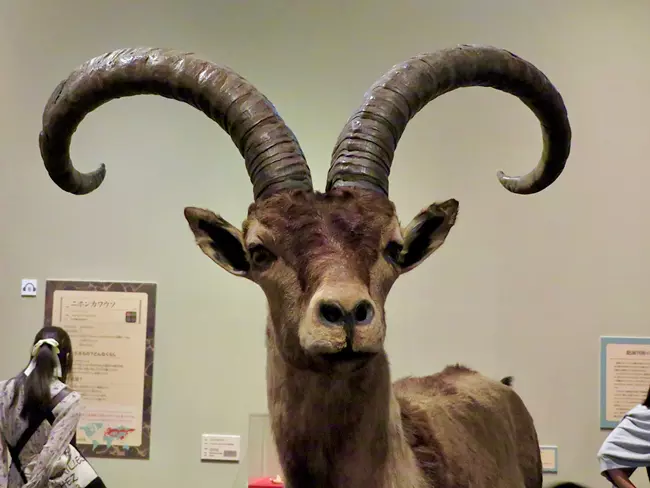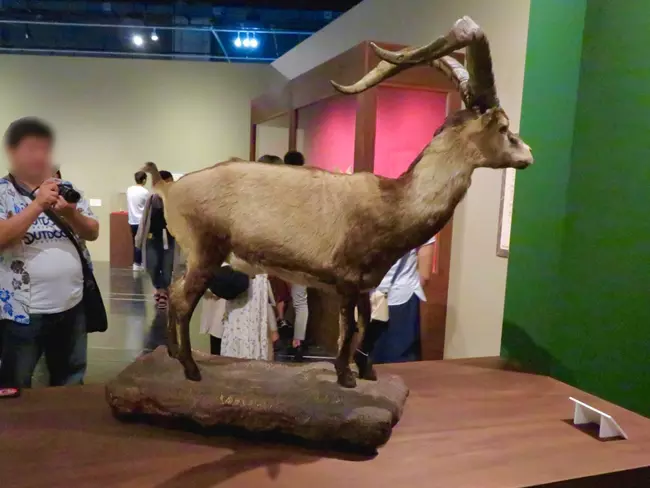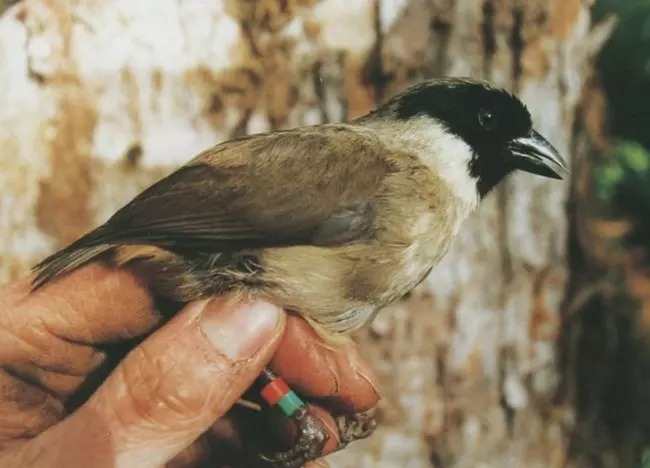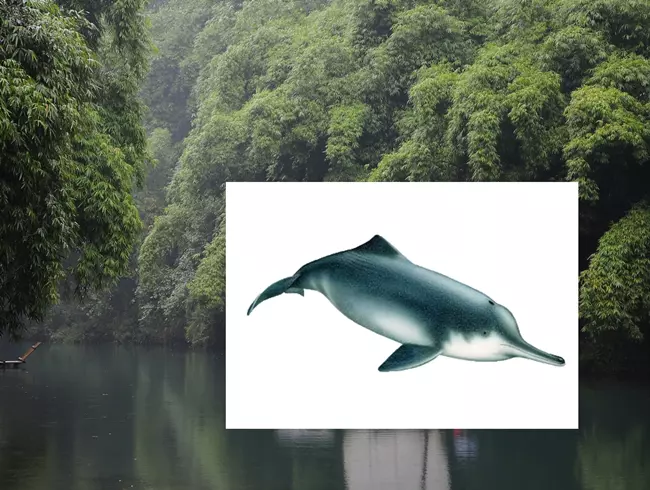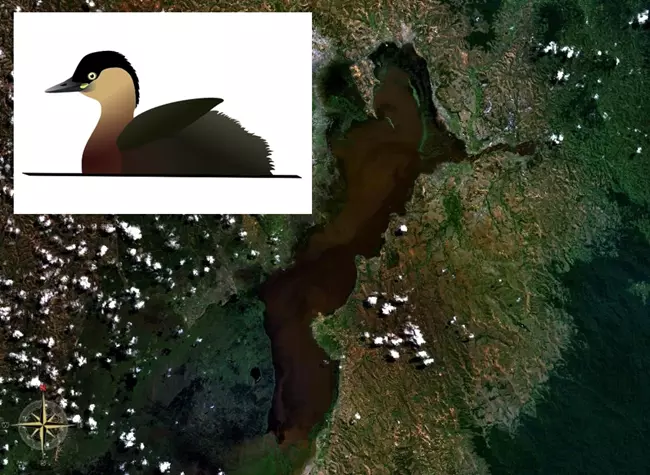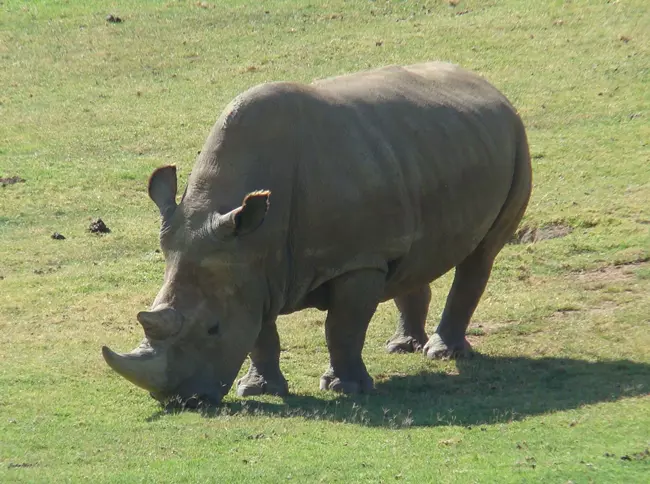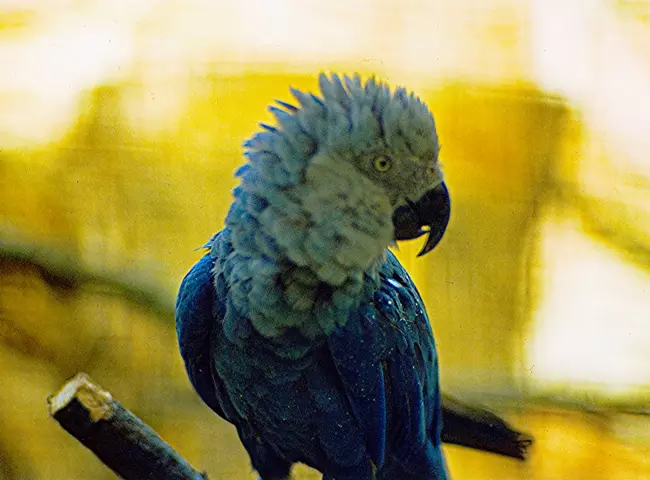Eight species that went extinct after the Millennium
The extinction of some species has always been associated with the passage of time, and we also know many mass extinctions that have followed the major world events, such as the disappearance of dinosaurs or the post-Ice Age. Nowadays, we are also hearing more and more about the adverse effects of the climate change, globalization, and the development of human civilization on the planet's ecosystem. Here are eight species that have gone extinct or been added to the list of extinct species in the last two decades.
Species that went extinct after the Millennium.
The pyrenean ibex
The pyrenean ibex was a subspecies of the Spanish ibex that was once widespread in Spain and France. By the early 1900s its numbers had fallen to fewer than 100 in Spain. The last living female was crushed to death by a falling tree in January 2000. DNA samples were taken from the dead ibex by scientists and the animal was cloned in 2009, making the Pyrenean ibex the first species in history to be removed from the list of extinct species by cloning. Unfortunately, the born specimen died within a few minutes of lung defects, making it the only species in history to have died out twice.
Pyrenean ibex (Source: By KKPCW - Own work, CC BY-SA 4.0, https://commons.wikimedia.org/w/index.php?curid=80553596)
According to scientists, poaching was most likely the cause of the extinction of the species, but the occurrence of diseases and the scarcity of available food were also reasons.
Pyrenean ibex (Source: By KKPCW - Own work, CC BY-SA 4.0, https://commons.wikimedia.org/w/index.php?curid=80553600)
Black-faced honeycreeper
Black-faced honeycreeper was an endemic species in Hawaii and lived on an island in Maui in Hawaii. Of the three known birds discovered in 1998, one of them, a male bird was successfully captured, but unfortunately until his death in 2004, no female was found, so the breeding had failed. DNA samples were taken from the dead individual due to the potential for future cloning. The other two animals, discovered in 1998, have never been documented again. There is also a chance that some birds still live in isolation, but the population may not be enough for the species to have a chance of surviving.
Black-faced honeycreeper (Source: By Paul E. Baker - http://extinct-website.co.uk/product_info.php?cPath=22_58&products_id=604, Public Domain, https://commons.wikimedia.org/w/index.php?curid=12559528)
Otherwise, the extinction was caused by the rapid loss of habitats and the rapid spread of disease-carrying mosquitoes.
Yangtze river dolphin
China's baiji dolphin, or Yangtze river dolphin was an endemic species that lived in the sweet waters of the Chinese Yangtze River. The last documented detection of the animal was in 2002. Int he summer of 2006 an expedition started to find the fresh water dolphin, and they traveled up 2000 miles in the river equipped with optical instruments and underwater microphones, but were unable to detect any surviving dolphins after 6 months of working.
Yangtze river dolphin (The sources of the combinated pictures: pixabay.com / cq19690527, Licence: modified: Richárd Seres-Nagy, Licenc: Pixabay License (Free for commercial use; No attribution required), License link: https://pixabay.com/service/license/, Link: https://pixabay.com/photos/the-three-gorges-landscape-china-788314/; and By Alessio Marrucci - universitary work, CC BY-SA 3.0, https://commons.wikimedia.org/w/index.php?curid=2563204)
The decline in the dolphin population is attributed to a variety of reasons including overfishing, industrial transportation on the river, habitat loss, pollution and poaching.
The alaotra grebe
The alaotra grebe lived on the island of Madagascar in the area of the Alaotra Lake, in its wild reeds and lush forests. The species was officially declared extinct in 2010, but actually the last living specimen of this beautiful bird disappeared years ago. The last confirmed sighting of the bird was in 1982, and surveys of the area failed to find any evidence of the species in 1989, 2004 and 2009.
Alaotra grebe (The sources of the combinated pictures: By L. Shyamal - Own work, CC BY-SA 3.0, https://commons.wikimedia.org/w/index.php?curid=11405312 and By NASA - Screenshot from NASA World Wind software, Public Domain, https://commons.wikimedia.org/w/index.php?curid=1011472; modified: Richárd Seres-Nagy)
The population of this species began to decline rapidly int he 20th century due to habitat destruction and because of the hybridisation as the few remaining birds started mating with other species of grebes.
The Northern White Rhinoceros
In fact, two live specimens of the species still exist, but unfortunately both of the rhinos are females. The last living male, whose name was Sudan, was under armed guard at Kenya's Ol Pejeta Conservancy when he passed away from old age and an infection. Sudan died at the age of 45 in March 2018.
Angalifu, male Northern White Rhinoceros at San Diego Wild Animal Park. Angalifu died from old age on December 14, 2014. (Source: By Sheep81 - Own work, Public Domain, https://commons.wikimedia.org/w/index.php?curid=4745820)
The two females are also unable to give birth, so the species is considered to be functionally extinct. Scientists are working on harvesting germ cells and IVF to bring forth a lab-created northern white rhino.
The poaching and habitat destruction hand in hand contributed to the extinction of this majestic species.
The pinta island tortoise
When Darwin visited the Galapagos Islands in 1835, this mighty and majestic tortoise was still common on the island. The last purebred male of the species, named Lonesome George, passed in 2015.
Lonesome George, the last surviving Pinta giant tortoise, (Geochelone nigra abingdoni) on Santa Cruz. He died on June 24, 2012. (Source: putneymark - originally posted to Flickr as Lonesome George Pinta giant tortoise Santa Cruz, CC BY-SA 2.0, https://commons.wikimedia.org/w/index.php?curid=3893917)
This mighty animal nourished with green plants, but the introduced goats were in competition with them for food, and who destroyed their habitats. Rats traveled with humans to the island preyed on young tortoises, and this way they quickly eliminated the potential for a new generation of tortoises to live. In addition, the tortoise was hunted for their meat by humans too.
Holdridge's toad
The toad was an endemic species to the rainforests of Costa Rica. It was declared extinct in 2004 because the animal has not been seen since 1986, but in a comprehensive exploration in 2012, scientists claimed that a tiny population with less than 50 individual toads of the species may still exist in the forests. The main cause of the toad's population decline and extinction is an amphibian disease, perhaps in collaboration with the effects of climate change.
Spix's macaw
Although around 40 Spix's macaws exist in captivity throughout the world, most of them are separated, the last known bird in the wild disappeared in 2000. The bird is native to northern Brazil. The last three known remaining birds were captured in 1987 for illegal trade.
A Spix's Macaw in Vogelpark Walsrode, Walsrode, Germany in about 1980. (Source: By Rüdiger Stehn from Kiel, Deutschland - 71 Spix-Ara, CC BY-SA 2.0, https://commons.wikimedia.org/w/index.php?curid=36729510)
However, in 1990, a single wild male individual was found that was mated with a captive female bird, but seven weeks after their release, the female collided with a power line and passed.
The decline of the Spix's macaw is caused by hunting and trapping, habitat destruction for agricultural production and the introduction of Africanized bees, which compete for nesting sites.
Donát Novák
February 2020
